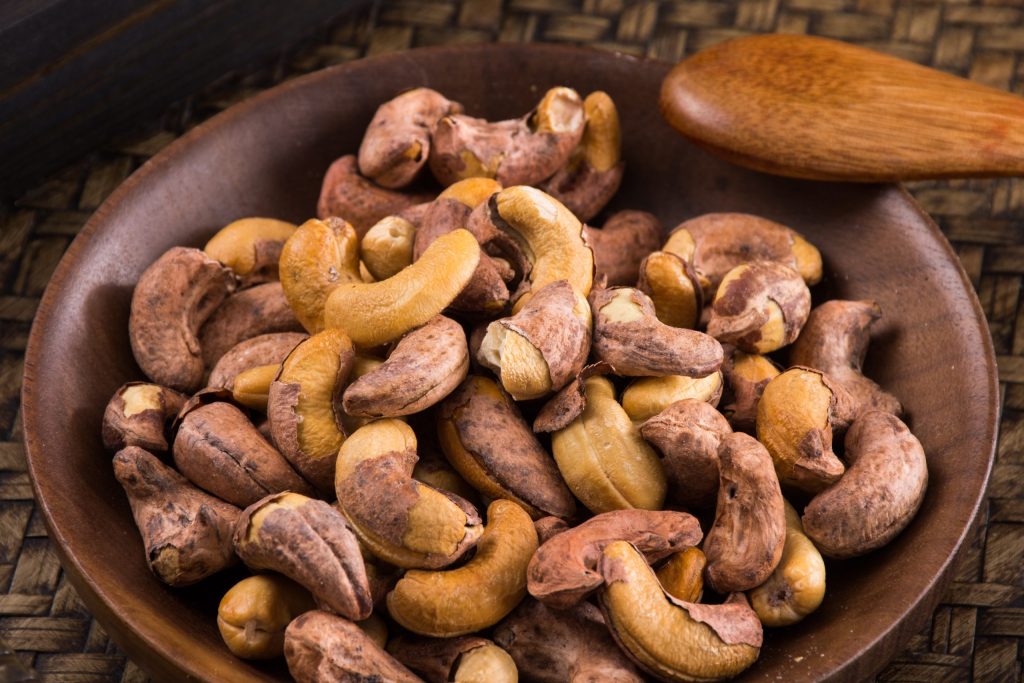Contents
Regulations on transporting dry food to Australia
Australia is a famous country in the world because of its large area, diverse culture, beautiful nature, and developed economy. The transportation of dry food from Vietnam to Australia is increasing today. To learn about the regulations for transporting dry food to Australia, please follow the article below.

Introduction to Australia
Australia is the world’s leading developed country in all economic and social fields. It is also home to a large number of Vietnamese people, ranking sixth in the world at the moment. Therefore, the demand for sending goods (food, clothing, etc.) from Vietnam to Australia is very large. However, not everyone knows that ordinary goods can be cleared as well as go very quickly, and “food” will be inspected more closely. If you want your food to go as fast as possible, you need to know how to pack it and understand the country’s entry regulations.
Notes when transporting dry food to Australia
List of dry food products banned from sending
In Australia in particular and most countries in the world in general, there are lists of foods banned from transportation. Australia is a leading developed country in the world, so ensuring the absolute safety of people’s health is always a top priority. Therefore, you need to find out carefully what types of products are prohibited by Australia from shipping into this country.
Most of the fresh foods, fruits, and vegetables that have not been tested cannot be shipped into Australia. And the meat of cattle and poultry is also on the list of prohibited entries that you need to know about. You should send dry foods: dried fish, dried squid, dried shrimp, dried pepper, rice paper, dried mushrooms, etc.
Careful packaging is required.
For any type of food, you also need to pack it carefully and properly to make it easy to clear customs. This is the most important thing that you need to pay attention to. If you do this step well, the customs clearance of your goods will be very fast, and there will be fewer problems during the immigration process.
Most foods can be vacuumed to be sealed and preserved for longer. This is the most optimal method that many customers choose when sending food through Australia. Fragile bottles and jars must be carefully packed with shockproof styrofoam boxes and wooden bales.
Vacuum dry food
As noted above, vacuuming food will be essential, and there are many benefits to doing so. In addition, the selection of packaging and vacuum unit is also important. Because when you choose a unit with a lot of experience in this field, you are completely assured that they will ensure quality for you.
The process of transporting dry food to Australia at Indochina Post logistics
Step 1: Contact our consultant
Customers need to send dry food to Australia. Please contact us immediately via the hotline of Indochina Post logistics, or you can leave your phone number for advice.
Provide product-type information.
Provide the quantity and weight of goods.
Provide container sizes.
requirements for storage regulations.
Advice on suitable shipping methods
Step 2: Indochina Post logistics will quote detailed prices to customers.
After having all the basic information, Indochina Post Logistics will quote freight rates.
Negotiate product prices with customers.
If the customer agrees with the shipping price, Indochina Post Logistics conducts a confirmation contract.
Then, confirm the information such as type of goods, destination, quantity, weight, and size.
Step 3: Import goods into the Indochina Post Logistics warehouse.
Indochina Post Logistics will support the pick-up of goods.
Customers deliver items to Indochina Post Logistics warehouse.
Weigh, measure, and pack goods.
Finalize shipping rates.
Sign a contract of carriage.
Finally, pay the shipping cost of the selected item.
Read more:
Express delivery from Vietnam to Phongsaly
Cheap and reliable express delivery service from Ho Chi Minh to Gabon
